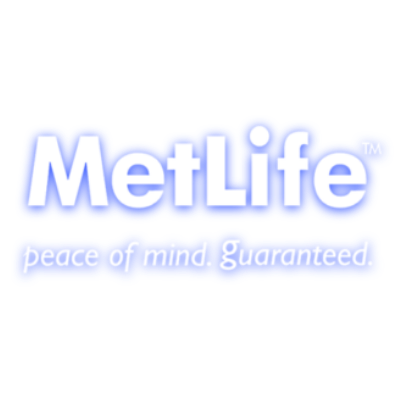Resources > Blog > Case Study > MetLife
Case Study
Life Event AI Analytics Help Streamline Open Enrollments and Uncover Hidden Risks for MetLife

Case Studies
OPEN ENROLLMENT IS A TEDIOUS PROCESS
In February of 2021, Global insurance provider MetLife found themselves with a need to streamline the coverage Open Enrollment process for one of their clients. The COVID-19 pandemic had made the process of getting employees enrolled in insurance programs even harder, and the process had always been laced with tedium and complexity to begin with.
Adding to the challenge was the combination of the pandemic, as well as the emergence of digital platforms and younger employees\users. This combination meant that whatever solutions were going to be offered for solving these open enrollment difficulties would have to be optimized for a primarily digital user base. These constraints left MetLife with two primary challenges:
-
Could previously unknown or hidden life events help provide better benefits to customers and clients?
-
Could the streamlining and digital delivery of the open enrollment, along with the now personalized life event\life stage data insights, drive higher enrollment and increase greater participation in benefits insurance programs?
MetLife correctly deduced that without the hyper-personalization that was increasing in demand and the data to actually be able to personalize their offerings, employers like their client would have little to offer in the way of actually streamlining and maximizing their open enrollment periods – especially in a digital landscape.
INTERGEN DATA OFFERS A WAY
A steering committee was appointed, involving both representatives from the MetLife Group Benefits teams along with their Data Science teams. The task was to find a technology supplier that could meet the aforementioned two challenges using anonymized client data.
MetLife had recently run its TechStars MetLife Accelerator competition, and of the 2,000 applicants, a Top 10 ranking had been announced. One of those in the Top 10 was InterGen Data.
MetLife’s evaluation team had considered developing a solution in-house, using the firm’s group of talented data scientists. But these thoughts were quickly dismissed following meetings and demonstrations from the InterGen Data team.
The sophistication of the AI models and the way the system was designed to consider a broad range of factors convinced the MetLife team that InterGen Data was a strong candidate to meet their criteria.
A proof of concept was assembled based on an employer dataset containing 1,234 anonymized records representing the staff of MetLife’s given corporate client. The files included group insurance products historically taken out by each employee during their enrollment process.
PROOF OF CONCEPT PROCESS AND RESULTS
The Life Event engine was run against 6 Critical Illnesses: Arthritis, Depression, Cancer, Asthma, Diabetes and Stroke. It then appended the predictions with when an illness might occur and what type of illness, along with the expenses faced by each employee year by year over the expected lifetime of the employee.
The InterGen Data process proceeded as follows:
- Ingest anonymized employer dataset containing 1,234 records
- Run data against Life Stage/Life Event engine against 6 Critical Illnesses
- Append critical illness predictions (When, What, and Expense) by year to each employee
- Build a yearly expense model for each employee
- Identify 1, 3, 5, and 10-year gaps in critical illness coverage for the employer and each employee
- Identified additional product purchases from existing peer group comparison
Using this process and analytics, the InterGen Data models generated reports on two main topics. The first was 1-, 3-, 5- and 10-year gaps in critical illness coverage for each employee. The second topic highlighted additional insurance coverage needed so the employee could meet those challenges.
As an added bonus, participants were apprised of how they were doing insurance-wise when compared with existing peer groups, using national and state data sets.
Interpreting these results in business terms, enabled the following to be presented for each of the 1,234 employees:
- When an insurance cover taken out was relevant
- When an insurance cover should have been taken out
- When an insurance cover was taken out, but was either insufficient or too large, and therefore not good value for the money
- Which employees fell in the high-risk group, where immediate attention, assistance and action was strongly recommended. There were 43 of them.
The MetLife team was delighted with the results, in particular, the granularity and transparency of the underlying data and information. Furthermore, it provided them with the quantifiable evidence needed to construct a commercial business case.

The proof of concept showed a conservative forecast opportunity to “cross and upsell an average of $254 per employee.” By replicating this across the MetLife-insured customer base of millions, the potential revenue boost would be substantial.
The following month, the MetLife team presented the case to the Finance steering committee and duly received approval for the project to go ahead.
The MetLife Sales Director commented: “The InterGen Data system was impressive because of its predictive capabilities and the insights it provides leading to “actionable” steps. It is in effect, unlocking existing data to the benefit of the employee, the employer, and ultimately, us at MetLife as the provider of the benefits package. Everyone wins.”
